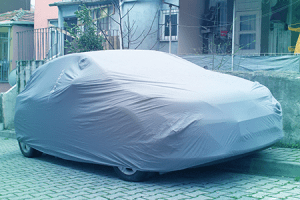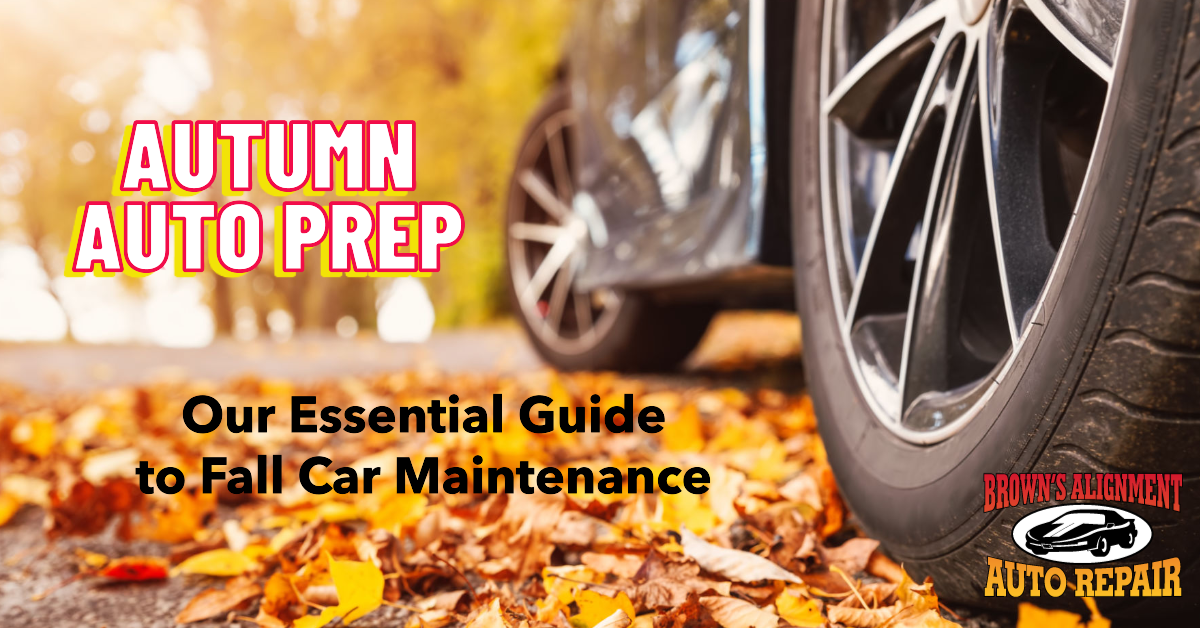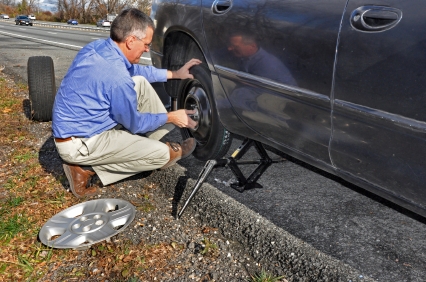By Rich Ellis
Cover Your Vehicle to Prevent Interior and Exterior Damage
Regardless if your infrequent driver is a classic that just underwent a frame-off restoration, or an eight-passenger SUV that’s used only when the extended family rolls into town, all vehicles are at risk for suffering significant interior and exterior damage when stored indoors or out without the protection a car cover affords.
Types of Damage a Car Cover Can Help Prevent
Uncovered vehicles parked for extended periods of time are at risk for several types of damage, both man-made and naturally occurring.
- Sun. The sun’s UV rays damage both a vehicle’s interior and exterior. Inside the vehicle, sun exposure and the extreme heat it generates will shorten the life of rubber, vinyl and leather components, and cause colors to fade. Outside, even though newer vehicles’ paint and clear coat contain additives that resist UV rays and fading, vinyl and rubber trim will still be damaged by prolonged sun exposure, as will tires.
- Weather. Vehicles exposed frequently to moisture from rain, snow, or ice can suffer exterior corrosion or interior leaks, while hailstorms can dent the body or break windows on an uncovered vehicle.
- Foreign matter. Bird droppings, tree sap, insects, paint overspray, construction debris, dirt, leaves and branches can all inflict permanent damage on an uncovered vehicle’s exterior if they aren’t removed promptly.
- Animals or bugs nesting inside. Parked vehicles make attractive targets for small animals and insects to call home in the engine or passenger compartments and even in the exhaust system.
- People. A cover can prevent accidental damage from keys, other car doors, and items stored inside a garage or barn, and it can help deter theft. If a criminal can’t tell easily what vehicle make, model or condition lurks under a cover, can’t see what’s inside, and has to spend precious minutes removing a cover, he or she may pick an easier target – one that isn’t your vehicle.
Car Cover Types to Consider
Where the covered vehicle is stored helps determine the type of cover that should be used.
- Outdoors vs. Indoors. Vehicles stored outdoors need a heavier duty cover that can withstand howling winds, moisture, extreme temperatures and sun exposure.
- Breathable Material vs. Waterproof. While a waterproof cover sounds like a great option, it may not be. Consider that while it prevents water from reaching the vehicle’s exterior, it also traps humidity-generated moisture under the cover, on the paint. Instead, look for a cover made from a breathable material that allows moisture to evaporate.
- Custom-fit vs. Contour. A custom-fit cover is made specifically to match your vehicle year, make and model – right down to the side mirrors and radio antenna – whereas a contour cover is a looser fit that generally matches the vehicle shape and style, and is less expensive.
Regardless which type of car cover your choose, it’s important to keep that cover clean, and to periodically remove it and inspect the vehicle.


